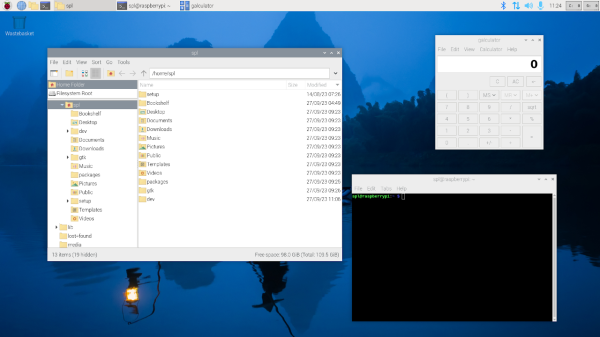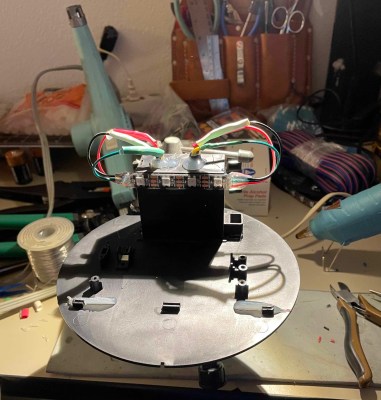In a sudden move that was noted not only by Canadian media, but also international media channels, the National Research Council Time Signal that was broadcast by Canadian Broadcasting Corporation (CBC) on CBC Radio One since November 5 1939 was turned off on October 9th, after eighty-four years, one world war, countless generations, and the rise of modern technology. Although perhaps obsolete by today’s standards, this 15 to 60 second long broadcast at 13:00 Eastern Time every single day has been a constant in the life of Canadians, whether they tuned into local radio, or (increasingly) via Internet radio.
The NRC Time Signal consisted out of a series of 800 Hz sinewave ‘beeps’ followed by a second-long signal to indicate the top of the hour. Back in the day this was extremely useful to sync one’s clocks, watches and other time-keeping devices to. Yet between the transmission delays caused by Internet radio and the increased availability of NTP and other time sources on modern-day devices, the signal’s main use appears to have become a nostalgic reminder of what once was a constant of each and every day.
In this regard the public response to the rather unceremonious decommissioning without prior announcement was rather predictable. After all, even if it wasn’t that useful, why throw out something that is more recognizable than any other radio jingle for generations of Canadians?
Top image: National Research Council laboratories in Ottawa.




















